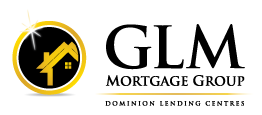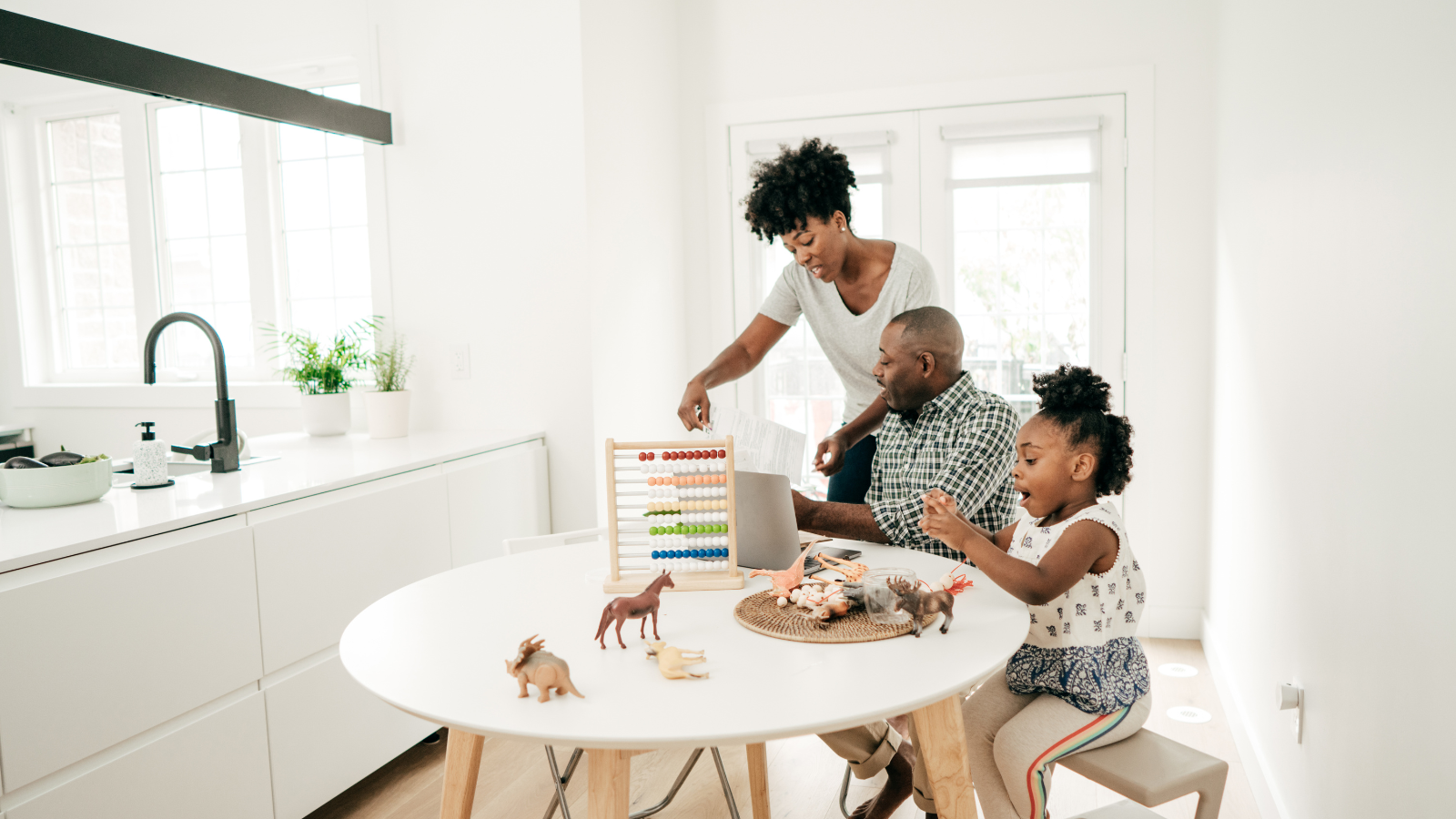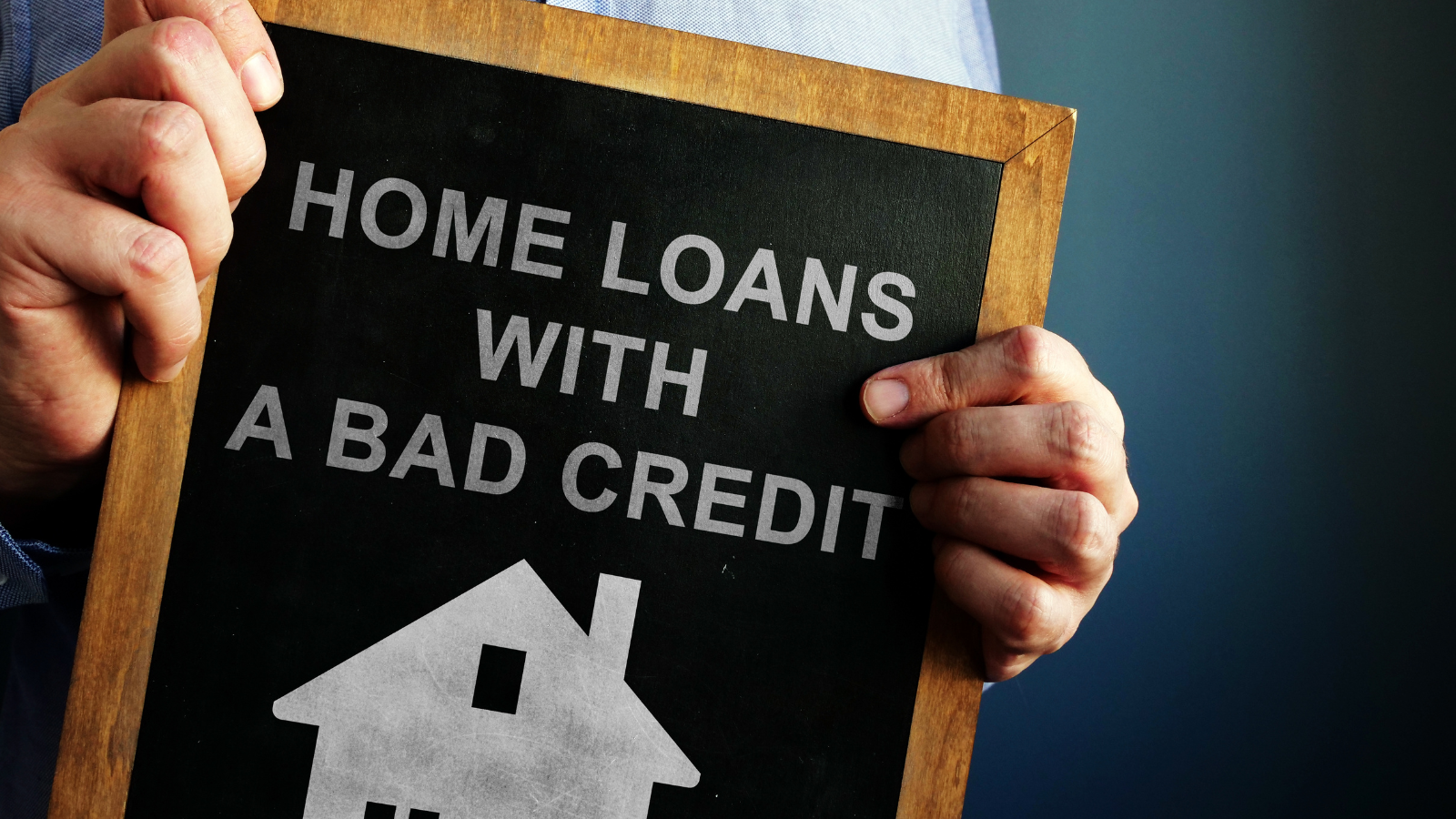
A CHIP Reverse Mortgage is a loan secured against the value of your home, for homeowners aged 55 and older. A reverse mortgage allows homeowners to convert up to 55% of their home equity into tax-free cash income without the requirement of monthly mortgage payments until the homeowner leaves the home. This would mean that a homeowner will be able to borrow against the value of their home and receive funds in various ways described below. A CHIP Reverse Mortgage is federally regulated, and the homeowner will keep the title to the house. It allows homeowners to remain in the home they love and retain full ownership, while leveraging one of their most valuable assets. With a CHIP Reverse Mortgage, one will never owe more than their home is worth.
To qualify for a CHIP Reverse Mortgage in Canada, the following factors are assessed: age of the homeowners, location of the home, type of home, appraised value of the home, condition of the home and the amount of home equity. The funds from a CHIP Reverse Mortgage can be used for a variety of reasons – increase monthly cash flow, renovations, debt repayment, travel, or even early inheritance to loved ones.
In a CHIP Reverse Mortgage, the homeowner is not required to make any monthly payments. However, interest is calculated on the proceeds received. Generally, the interest rates are slightly higher than a traditional mortgage. If no monthly payments are made, the interest accumulates on the loan balance so that the homeowner does not have to pay anything upfront. There are 2 ways that one can receive their funds in a CHIP Reverse Mortgage:
- Lump-sum: Receive the full amount directly into a bank account with a single deposit.
- Regular Deposits: scheduled deposits into a bank account as either monthly or quarterly payments to create a cash flow
When applying for a CHIP Reverse Mortgage, home equity is calculated by subtracting any outstanding secured debts from the value of the home. To be eligible, the CHIP Reverse Mortgage estimate must be greater than, or equal to any outstanding secured debts. Additionally, the property must be owner occupied at least 6 months of the year, and the appraised value of the home must be a minimum of $200,000.
A CHIP Reverse Mortgage can be very positive if you need cash to meet your basic living expenses. A CHIP Reverse Mortgage is excellent because it will allow you to continue living in your home as long as you keep up with property taxes, maintenance, and insurance and don’t need to move into a nursing home or assisted living facility for more than a year. CHIP Reverse Mortgages are also not taxable and are just seen as a loan advance, so it does not contribute to your taxable income.
A CHIP Reverse Mortgage also has its cons. There can be slightly high-interest rates and loan fees. A CHIP Reverse Mortgage also means you likely will not be able to pass your home down to your heirs. Other options that you may want to consider are downsizing, selling your house to a family member, or perhaps bringing in a renter for one or more of your bedrooms.
CHIP Reverse Mortgages can be outstanding for the long term with monthly payments, but if you are looking for a short-term financial fix, a CHIP Reverse Mortgage may not always be the best strategy. If you are interested in learning more about CHIP Reverse Mortgages and if they are suitable for you or someone close to you, please reach out to us, and we will be happy to help!



